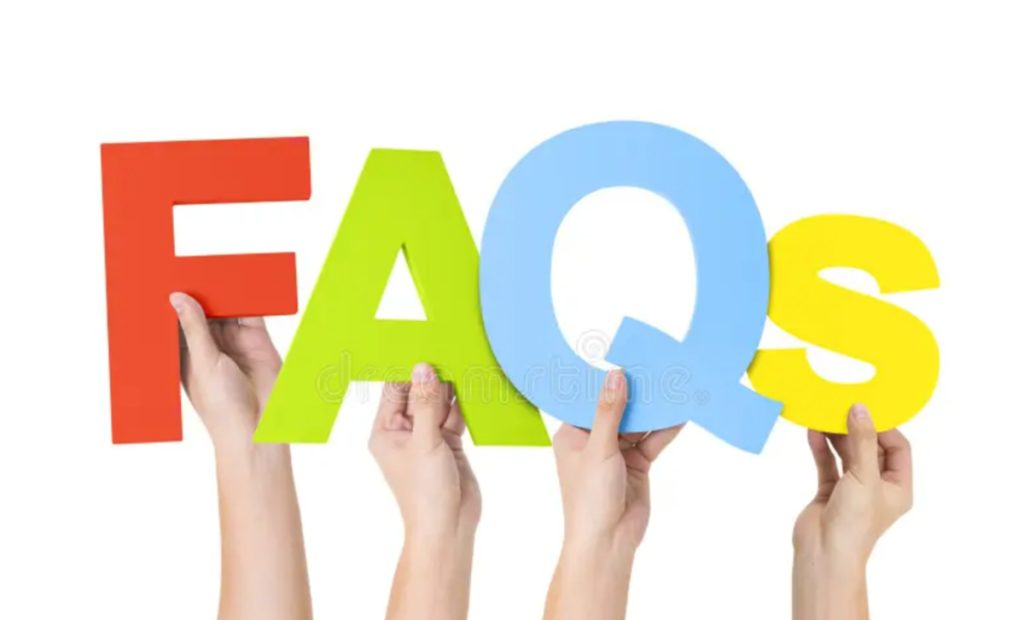What are New York Times Connections?
New York Times Connections is a daily puzzle game that exercises one’s logic, vocabulary, and problem-solving skills. Released in 2023 by The New York Times, the game quickly became a winner after the great success of the word game Wordle. It requires grouping 16 words into four categories using their meanings, themes, or associations to make appropriate connections. Every day it has a unique and engrossing difficulty level with every category.
How to Play New York Times Connections

Setup Instructions
Every Connections puzzle puts a grid of 16 words before you. Your objective is to find four groups of four words with a common connection among them. Categories can go from something as simple as “Fruits” all the way to something rather abstract like wordplay or historical references.
Steps to Play
- Find Groups: Begin by searching for obvious patterns, like words that apply to animals, colors, or jobs.
- Make Your Guesses: Drag words into groups and click “Submit.” If correct, the group locks in.
- Shuffle Feature: Mix up the grid to spot connections you may have missed.
- Pay Attention to Errors: Mistakes give you a clue, such as “One Word Off,” to guide you on how to connect.
Players have four chances for mistakes before the game ends, so strategic thinking is necessary.
Why Are New York Times Connections So Popular?
Simple Yet Addictive Gameplay
Like Wordle, Connections provides one puzzle a day, creating anticipation and excitement. Its simple mechanics attract casual gamers, while increasing difficulty in later categories challenges even the most experienced puzzle enthusiasts.
Variety Keeps It Fresh
No two puzzles are alike, thanks to diverse categories. One day you might match animals, and the next, you could be grouping idiomatic phrases or pop culture references.
Social Sharing
Players can share their scores and strategies online, sparking conversations and friendly competition among friends and puzzle enthusiasts.
Please visit Revo Technologies Murray Utah.
Levels of Difficulty
Each Connections puzzle has four categories, color-coded by difficulty:
- Yellow (Easy): Obvious groupings, such as “Seasons” or “Shapes.”
- Green (Moderate): Groups that involve minor subtleties, such as synonyms.
- Blue (Difficult): Connections that demand more thought or are not as commonly known.
- Purple (Very Hard): Abstract or tricky groups, which often involve double meanings or obscure knowledge.
The color-coding serves not only to convey difficulty but also to create a sense of gradual accumulation of confidence in solving problems.

Tips for Solving New York Times Connections
- Begin with Easy Groups
Focus on the most apparent connections first. This reduces the pool of remaining words, making it easier to identify more complex groups. - Shuffle the Words
Reorganizing the grid can reveal patterns that might not be immediately obvious. - Don’t Rush
Take your time to think through connections before submitting guesses. Mistakes are limited, and careful thought increases your chances of success. - Leverage Hints
If the game reveals the message “One Word Off,” use it as a clue to alter your groupings wisely. - Be Curious
At times, words may represent something you do not know their meanings or associations. Investigate new words to improve your enjoyment of the game.
The Influence of Daily Playing
Like Wordle, New York Times Connections is a one-day experience. This limited availability creates excitement and keeps players coming back. Additionally, solving these puzzles daily sharpens cognitive skills, expands vocabulary, and fosters creative thinking.
What’s Next for New York Times Connections?
The game has already branched out with a Sports Edition, featuring puzzles centered around sports teams, terminology, and history. This new variation suggests that there could be more niche editions in the future, targeting specific interests like music, movies, or science.
Why You Should Try New York Times Connections
If you enjoy word games that challenge your logic and creativity, New York Times Connections is a must-try. Its mix of simplicity, variety, and escalating difficulty offers a satisfying mental workout. Whether you are a casual gamer or a puzzle fanatic, it’s an engaging way to spend a few minutes each day.

FAQs About New York Times Connections
Is Connections free to play?
Some New York Times games, including Connections, are part of a subscription package through NYT Games. However, promotional periods may sometimes allow a free try. Check the official website of NYT Games to see current access options.
Do I have to play it on my computer?
Yes, Connections is also available on the New York Times Games app, which you can download for free on iOS and Android devices. You can also play it directly from the NYT Games website.
Is there a multiplayer or competitive mode in Connections?
No, Connections is a single-player game. You can, however, share your results and compare strategies with others online through social media.
How often are new puzzles added to Connections?
A new puzzle is uploaded every day at midnight local time, much like Wordle. There is only one puzzle per day, keeping it fresh and different.
What happens if I do not solve the puzzle in one session?
When you close the game or move away, your progress is saved. You can go back later to finish the same day’s puzzle.
Can I solve old puzzles in Connections?
Currently, there is no archive for past puzzles. A puzzle appears daily and cannot be replayed after the challenge ends.
Are Connections sports-only?
No, Connections includes a variety of puzzles, but no additional themed editions outside the Sports Edition have been announced.
How does Connections compare to Wordle in popularity?
Connections is quickly becoming one of the most popular games after Wordle within the NYT platform. Its appeal lies in offering a different type of cognitive challenge focused on categorization.
What do the difficulty levels mean for gameplay?
Each puzzle has categories that vary in difficulty, represented by colors: yellow, green, blue, and purple. The easier levels involve straightforward associations, while the harder ones demand abstract thinking.
Can I suggest new puzzles or categories for Connections?
There is no public feature to suggest puzzles. However, feedback regarding gameplay and design can often be submitted through the official NYT Games website.
Conclusion
New York Times Connections has become a favorite among word game enthusiasts. Its clever design, daily anticipation, and endless variety make it more than just a puzzle—it is an experience. Try it today and see why it’s capturing the hearts of players worldwide!




